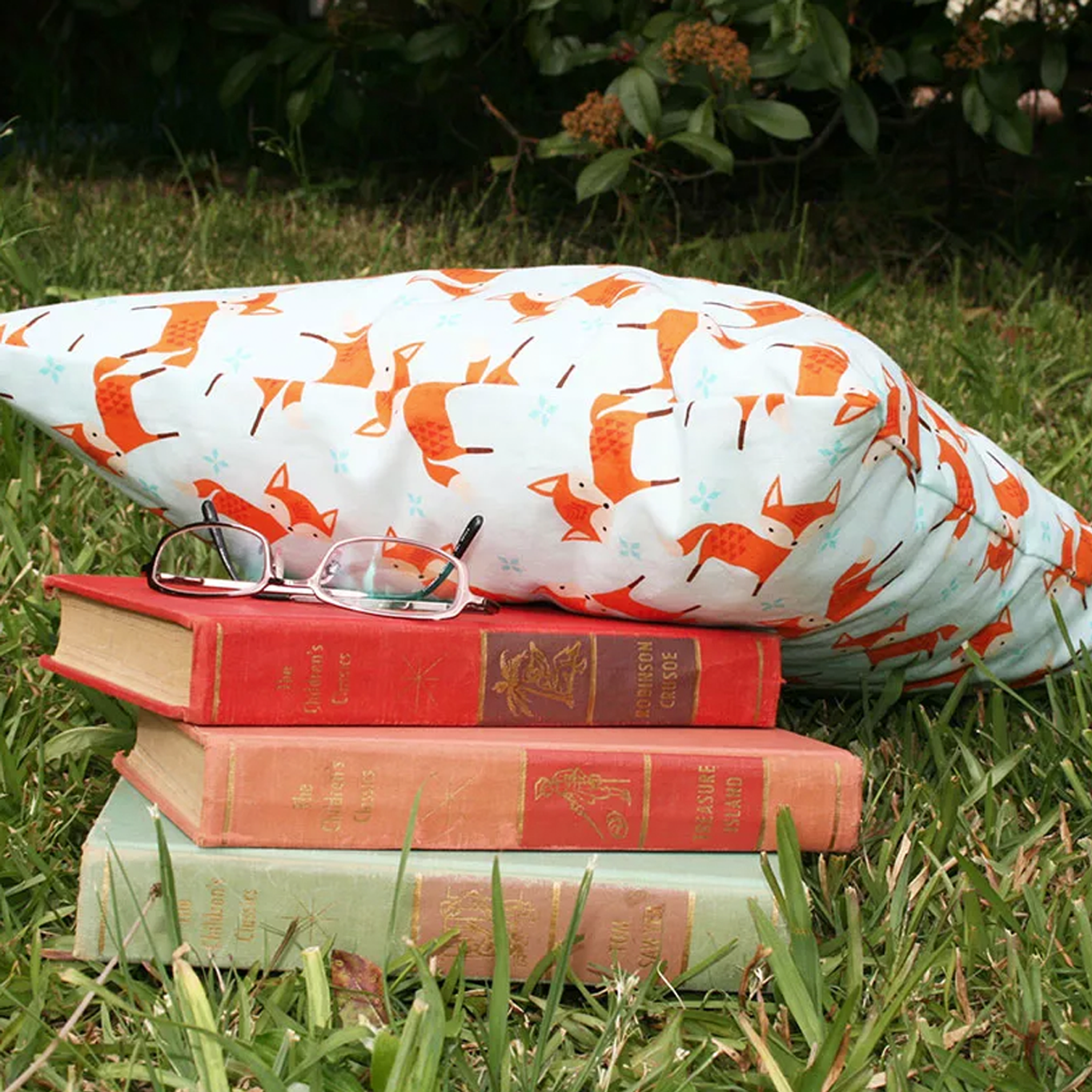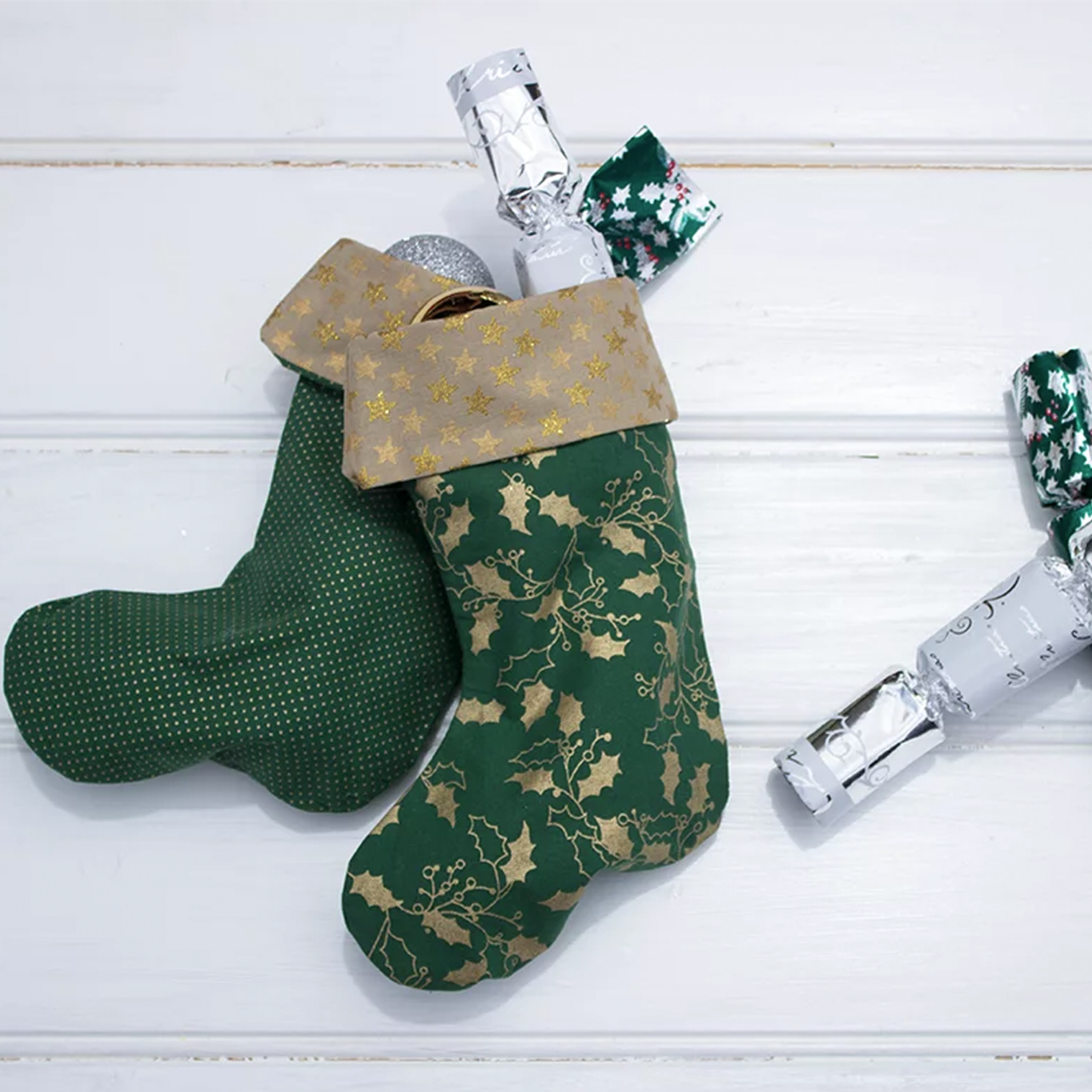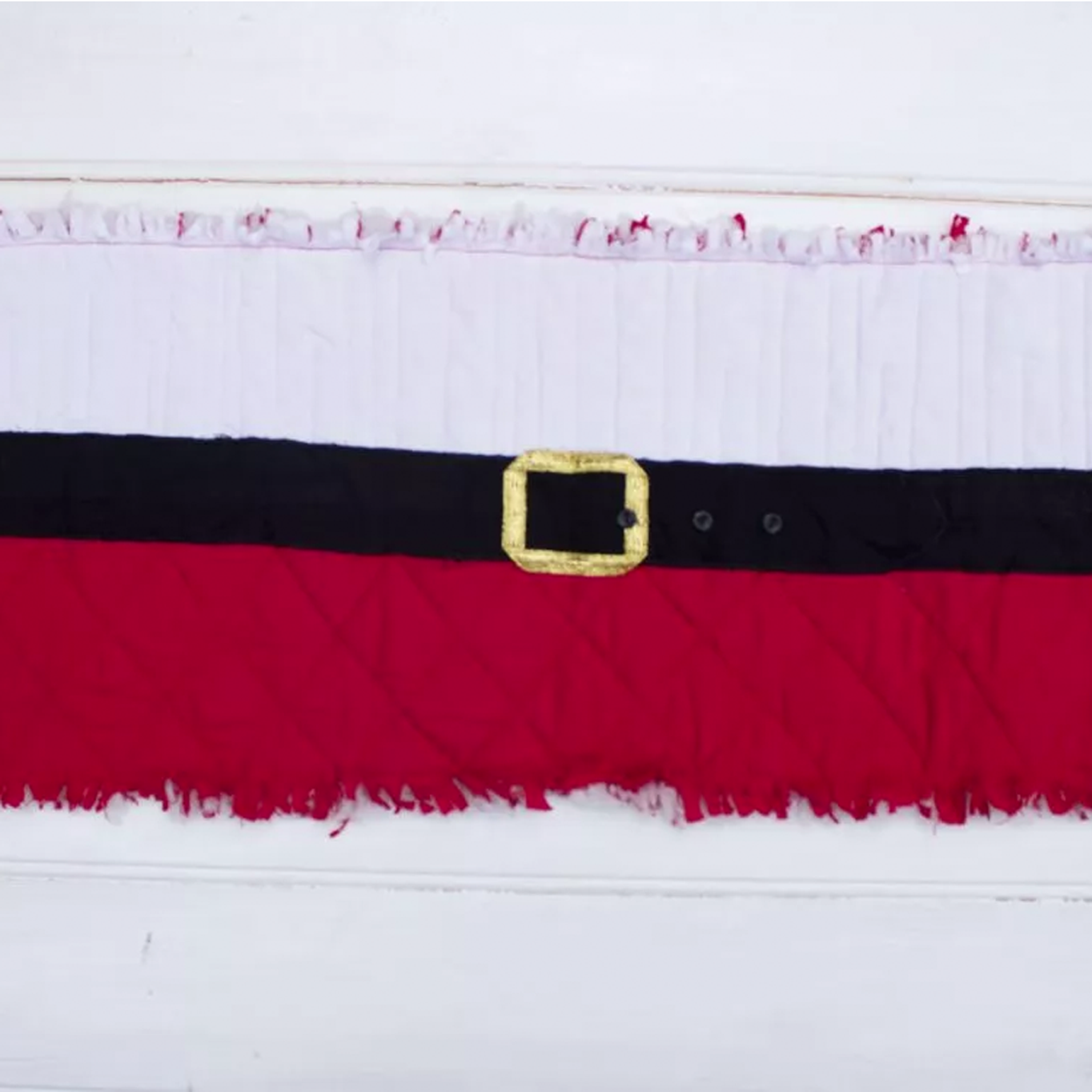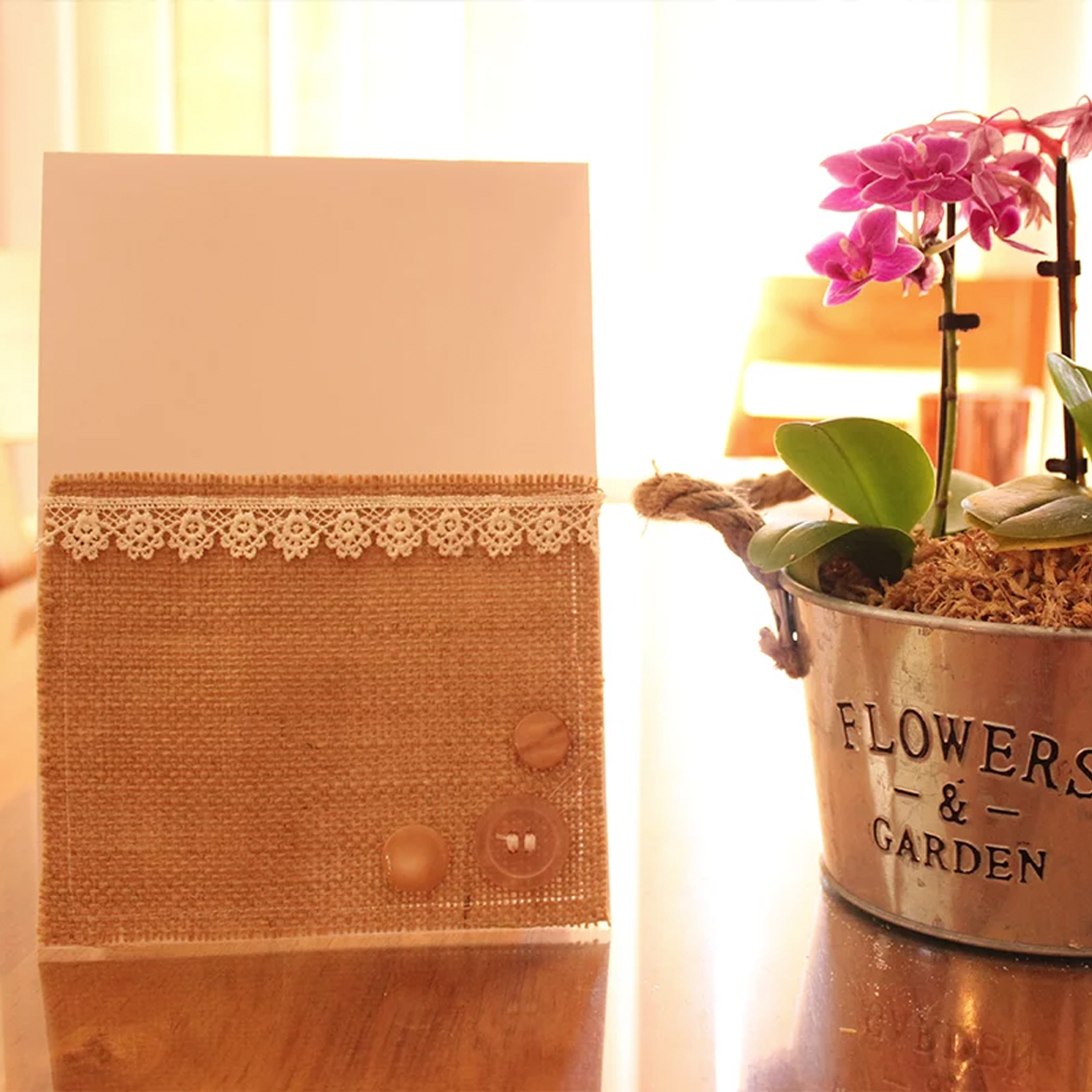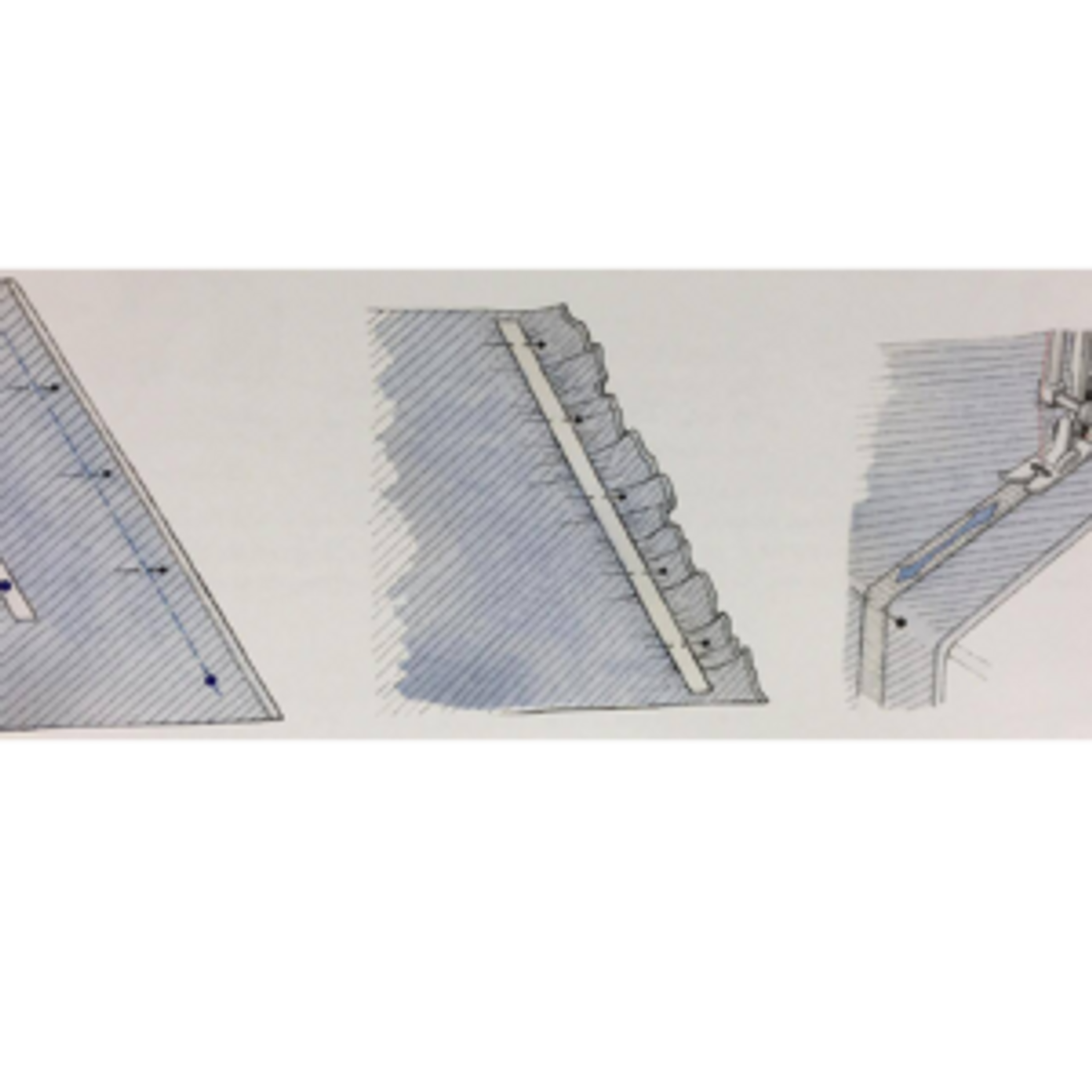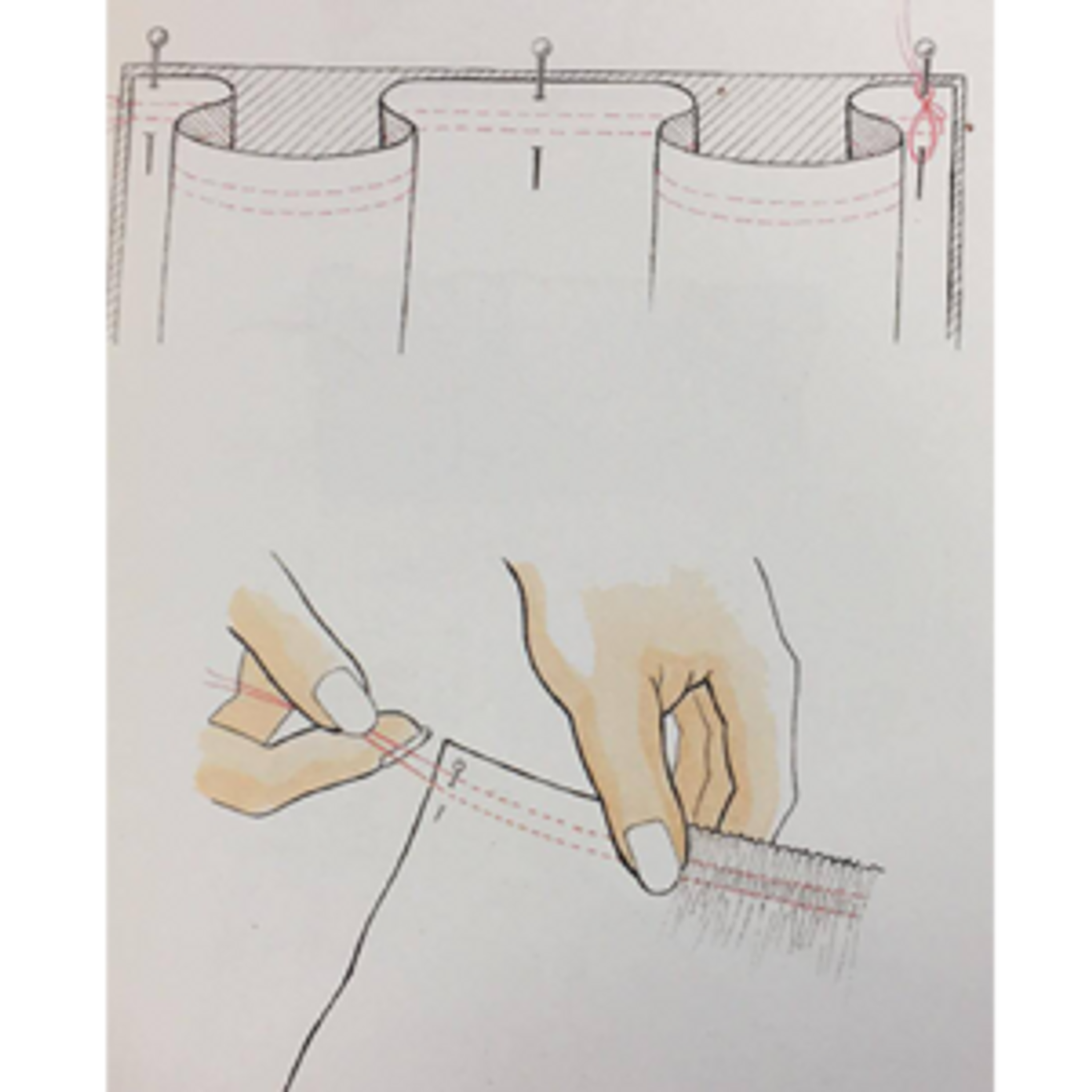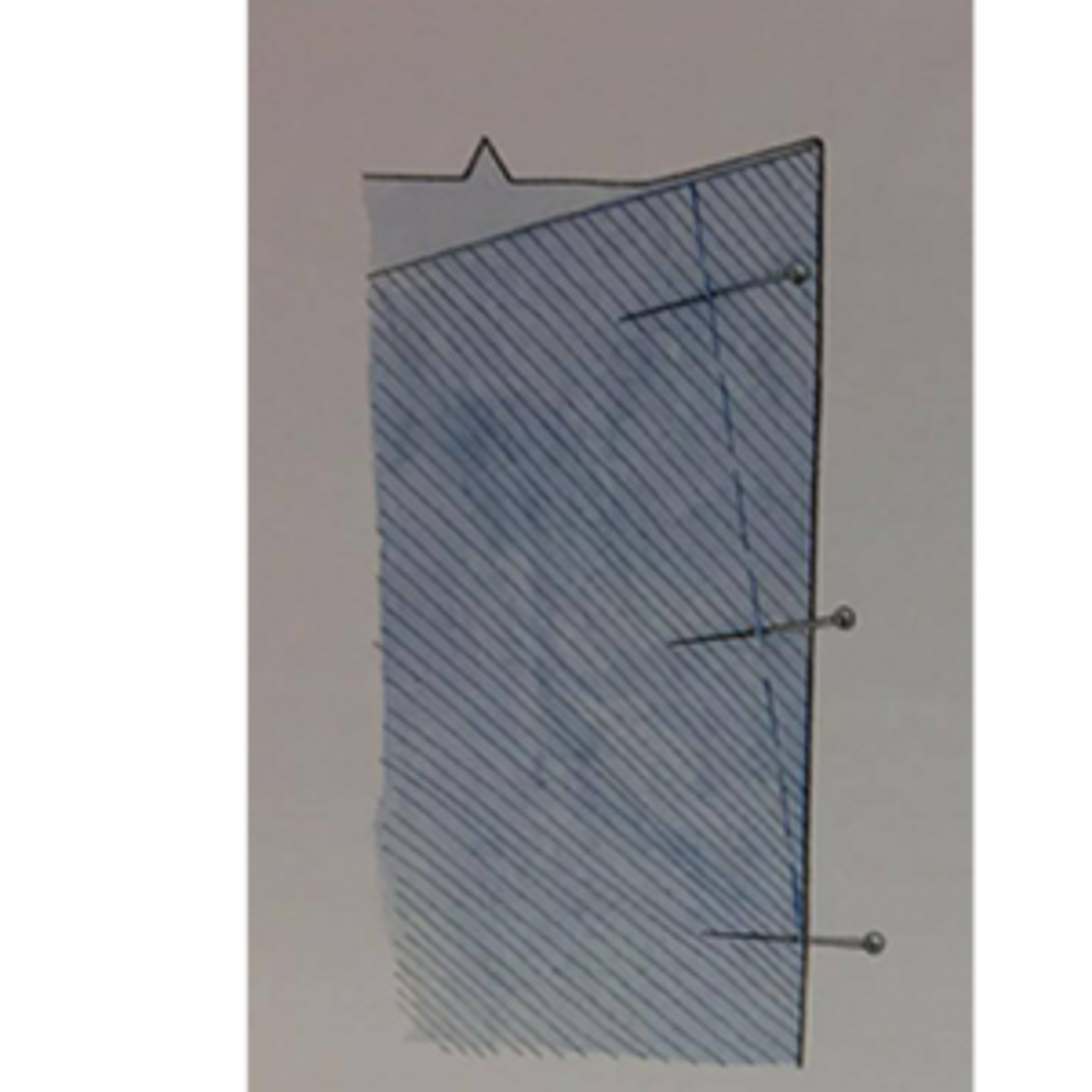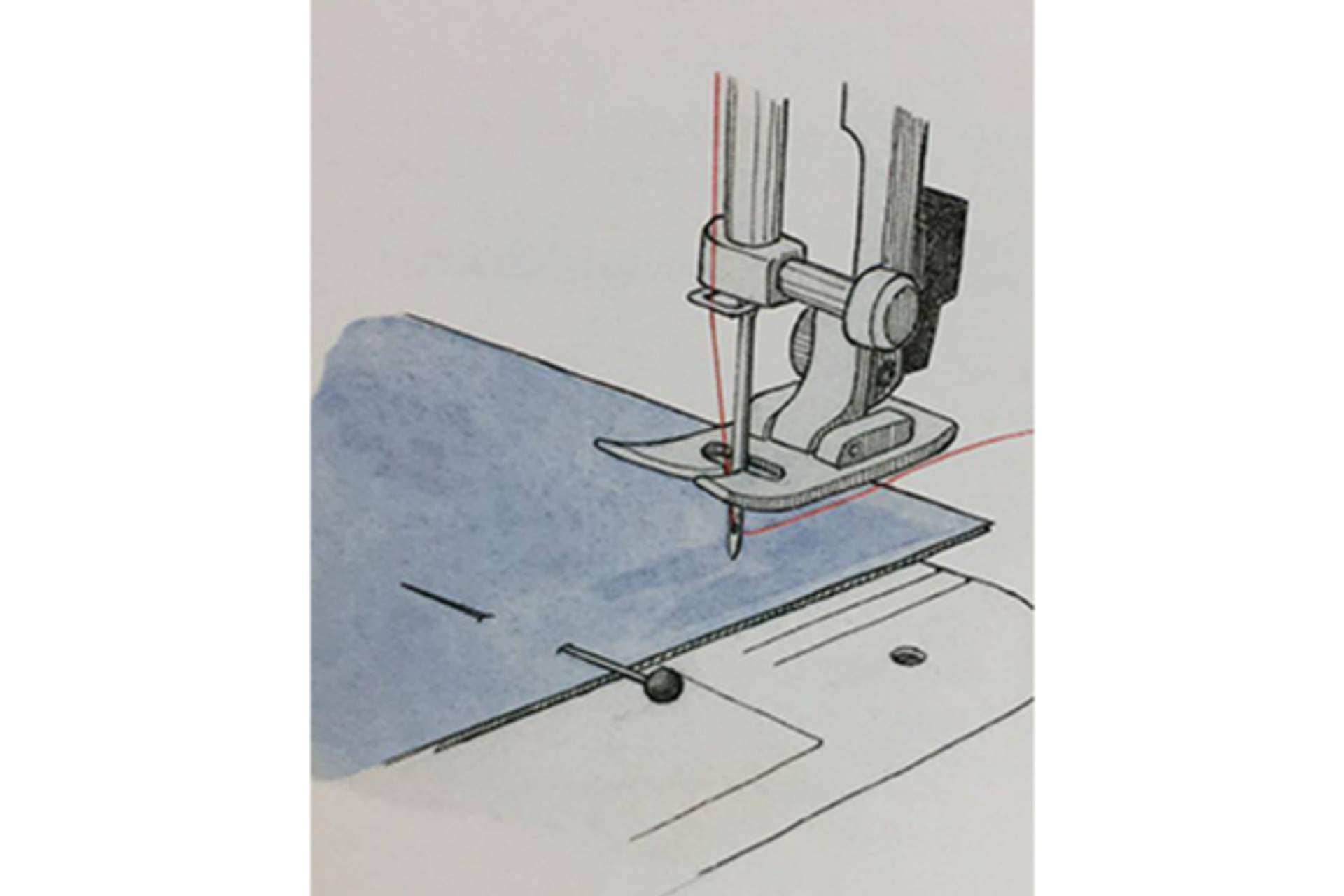You can easily add your own style to your bedroom with a new cushion cover! Superheroes, Cupcakes, or Stripes - your fabric choice is all that limits you.Level: BeginnerSkills Learnt: Straight Stitch, Inserting a zipper, Trimming seam allowancesShopping ListHalf metre of fabric.12” Zipper41cm Cushion InsertCoordinating threadsZipper FootFabric pencilRulerScissorsIronCutting PreparationFold your half meter of fabric i
15th Dec 2016
The Marble Maze is a great activity to have on car trips. Why not insert more than one marble, or get creative with your maze designs and have dead ends to navigate.Level: BeginnerSkills Learnt: Straight Stitch, Pivoting, Top Stitch.Shopping List:
4 x Pieces of feltThreads2 Marbles (1cm DiameterScissorsPinsWashable Marker or fabric chalkSetting up your MachineSee the Sew as you Grow playlist on our Youtube page for
15th Dec 2016
This cute little Christmas Stocking is a festive way to dress up small gifts this Christmas. This pattern is very versatile, if you want a larger stocking simply draw up a bigger stocking template.Shopping List:
11” (28cm) x 14” (36cm) Piece of fabric for lining11”(28cm) x 14”(36cm) Piece of fabric for outsidePaperPencilCoordinating threadScissorsPreparation:Draw a stocking shape on a piece of paper, drawing to the
9th Dec 2016
Won’t the kids love sitting around Santa’s belt for Christmas? This easy to sew quilted table runner is the perfect addition to ensure you have a Holly Jolly Christmas.Shopping List:
60cm x 105cm Red Cotton Fabric20cm x 105cm White Cotton Fabric6cm x 120cm Black Cotton Fabric (or two short lengths)Coordinating threadsScissors3 Black Buttons30cm of Gold Ribbon, 1cm width40cm x 105cm WaddingSafety Pins (if quilting)Cu
3rd Dec 2016
Elastic is sometimes inserted in a fabric tunnel called a casing. You can create a casing by folding and stitching the fabric at a garment edge. Or you can apply a band of tricot (sheer ribbon) or bias tape close to the garment edge - at the waistline of a dress, for example. To determine how much elastic you need, wrap the elastic strip around your bodyand add 1" (2.5cm) for finishing the ends. Braided and non-roll
18th Nov 2016
Make sending greetings a special experience for everyone with this cute card. Family and friends will appreciate your personal touch.What to Cut:Cut a piece of card stock, 8 ½ by 5 ½ inches.Cut a piece of hessian, 2 by 4 ½ inches.Cut a piece of lace, 4 1/2 inches long.How to Assemble:Position hessian on the right edge about ¾-inch from the bottom of the cardstock.Place lace under the top of the hessian piece by overl
13th Nov 2016
You can sew lengths of elastic directly to the wrong side of the fabric to shape a garment at wrists, ankles, and waistlines. Choose woven or knitted elastic that is soft enough to wear close to your skin. Cut it slightly shorter than you need because it stretches during sewing. Sew with a stretch stitch or a zigzag stitch, which will stretch along with the elastic.Finish the hem of the garment, if applicable. Mark t
10th Nov 2016
Gathers are a series of tiny, soft folds of fabric that create shaping. Usually you'll add gathers to garments at waistlines, yokes, sleeve caps, cuffs, and necklines.Set your machine to its longest straight stitch (the basting stitch). Loosen the upper thread tension slightly. Thread the bobbin with a contrasting colour of thread for greater visibility.On the right side of the fabric, stitch two parallel lines in th
3rd Nov 2016
Mitering is a method of minimizing bulk - for example, in the corners of the patch pockets or on lengths of applied trim or ribbon. The two edges of fabric are joined diagonally to create a neat, flat miter.Mitering Corners of Patch PocketsPress all seam allowances to the inside of the pocket. Open the seam allowances and fold the corner diagonally so the crease marks line up at the seam line. Press the diagonal and
3rd Nov 2016
This easy to sew fascinator will set you in the mood for Spring Racing. Add some pearls, feathers or other items to give your fascinator your own Spring Racing appeal. Why not try dressing them on a hat instead of a headband?Shopping
Strip of fabric 70cm x 10cmRibbons (approx. 1 m total)HeadbandCottonScissorsIronHot glue gun & gluePiece of FeltCardboard to match feltTemplate for CardboardPreparation
Cut out the sha
1st Nov 2016
A dart adds dimension and shape to a flat piece of fabric, allowing the piece to mold to the body at the bust, waist, hips, or elbows. Different styles of darts are positioned in different areas of the garment, depending on the shaping needed. The single-pointed waist dart is the most common style.Mark a single-pointed dart using your pattern as a guide. Fold the dart down the center, right sides together, matching t
24th Oct 2016
There are many types of seams you can use to join two pieces of fabric. Your choice depends on the fabric characteristics, the construction requirements, and the finished effect you would like to achieve.Plain seam:This is the type of seam you'll use the most often. With the right sides together, stitch 5/8" (1.6cm) from the edge. Backstitch two or three stitches at the beginning and end of the seam. Press the seam f
21st Oct 2016

